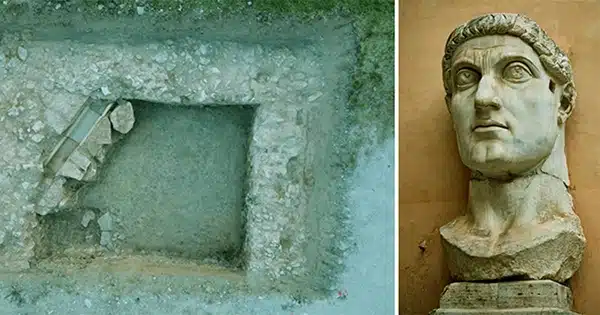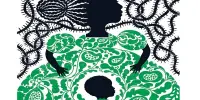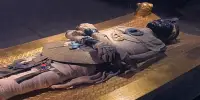Douglas Boin, a history professor at Saint Louis University, made a major announcement at the Archaeological Institute of America’s annual meeting, revealing that he and his team discovered an ancient Roman temple that provides important insights into the social transition from pagan gods to Christianity in the Roman Empire.
“We found three walls of a magnificent structure that evidence suggests belonged to a Roman temple that dates to Constantine’s period,” Boin told Reuters.
“It comes from the fourth century AD and would make an excellent addition to the landscape of this part of Italy. It will greatly contribute to our understanding of the ancient town, the ancient townscape, and city society in the later Roman Empire because it reveals continuities between the classical pagan world and the early Christian Roman world that are frequently blurred or written out of sweeping historical narratives.”
Boin and his excavation crew made the monumental discovery this summer. Boin, an expert in ancient Roman and religious transitions, has been digging in Spello, a well-known medieval hilltop city about 20 minutes from Assisi and 2.5 hours north of Rome. Boin chose the town based on a rescript of Emperor Constantine’s 4th-century letter to the citizens about a religious event.
This rescript, unearthed in the 18th century, allowed the residents of Spello to hold a religious festival in their community rather than traveling a long distance to another event. However, to do so, the town was instructed that it needed to build a temple and worship Constantine’s divine ancestors, the Flavian line, demonstrating how multicultural Roman society was back then.
“There was a remarkable religious continuity between the Roman world and the early Christian world,” Boin told me.
“Things did not change suddenly. Before our discovery, we had no idea that there were actual physical religious sites associated with this late ‘imperial cult activity.’ However, because of the inscription and its reference to a temple, Spello presented a tempting opportunity for a big finding of Imperial worship beneath a Christian monarch.”
Boin went to Spello and monitored underground imaging to see whether any ruins beneath the surface needed to be discovered. After several weeks and seemingly by chance, Boin obtained promising photos beneath a parking lot where the temple was thought to be.
The team painstakingly delved into the dirt until they discovered two connecting walls. More excavating revealed what Boin thinks to be the temple’s interior walls. This temple quickly became, according to Boin, the biggest evidence of the Imperial Cult in both fourth-century Italy and the late Roman Empire.
“There’s evidence from other places throughout the Roman world that Christian rulers supported imperial cult practices,” Boin added.
“We’ve known that pagans worshiped at their temples in the fourth century, but the discoveries have all been minor and insignificant. And we knew that Christians supported the imperial worship, but we had no idea where it would have happened.”
“This temple connects those two sites, and in that way, it is unlike any temple I have seen in the Mediterranean area of the fourth-century Roman Empire. Any study of the imperial cult in the fourth-century Roman Empire will now have to include this temple, which is an extraordinary discovery.”
With the discovery, Boin can now demonstrate how the societal changes of the time occurred extremely slowly. Though Constantine was the first Roman emperor to famously convert to Christianity, it took about 70 years for Christianity to become the Roman Empire’s official religion under Emperor Theodosius. During that period, persons who worshiped pagan gods had to be persuaded and gradually converted to Christianity.
“This changes everything about how we perceive the pace of social change and our impression of the impact of social and cultural change,” Boin told the audience.
“This building, in a very revolutionary way on its own, shows us the staying power of the pagan traditions that had been on the ground for decades after the rise of Christianity, and it shows us how the Roman emperors continued to negotiate their values, their desires and hopes for the future of the emperor and the Empire without knocking down or burying the past.”
Next summer, Boin and his group will revisit Spello to finish excavating the region and investigate the entire temple, where he anticipates making even more important findings.
“We are on the cusp of giving people a very visible piece of evidence that upends the neat and tidy ways people think about big moments of cultural change,” Boin stated.
There’s a lot of gray area between people’s customs and the larger society and culture, and cultural changes are never as significant as we believe they are when we’re living through them.
















